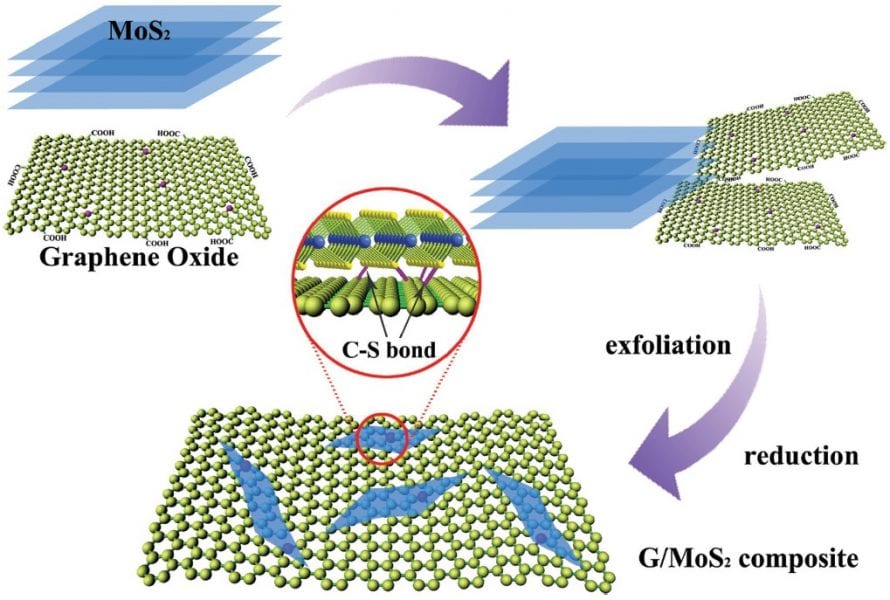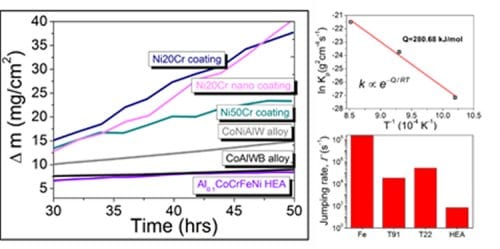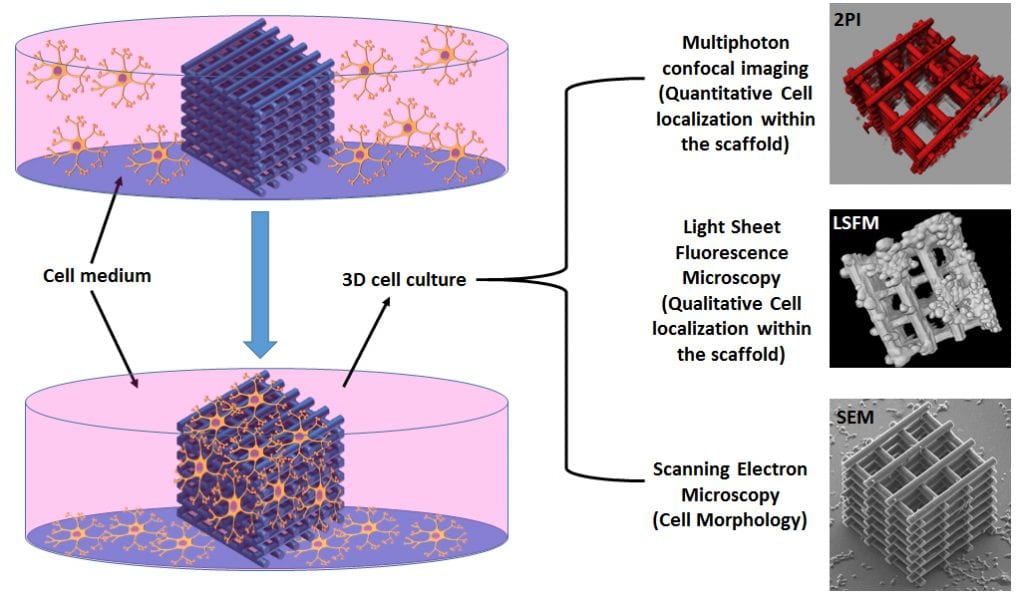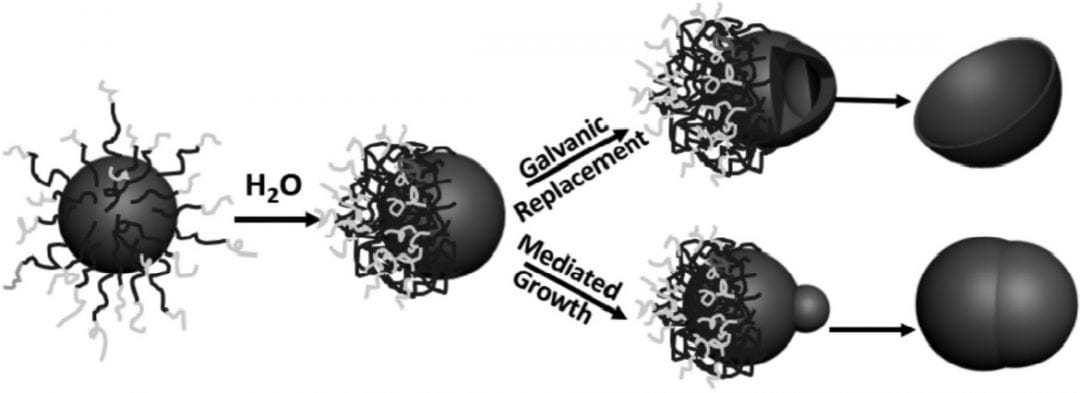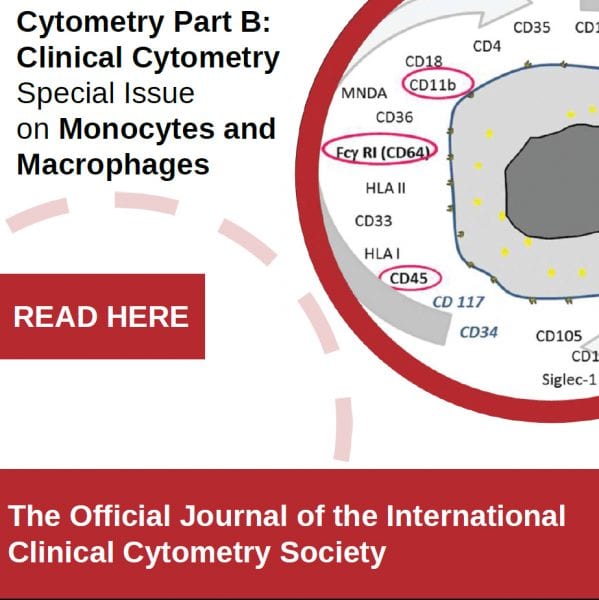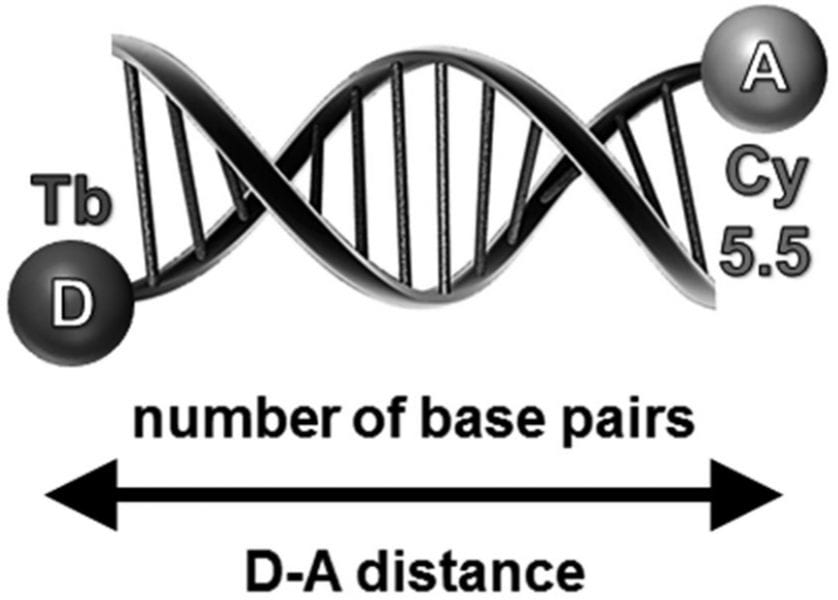Professor Christos Maravelias of the University of Wisconsin–Madison, USA, and Dr. Jeffrey Herron, now of The Dow Chemical Company talk about their recent article on a systems level approach to biomass upgrading strategies for the next-generation biorefinery.



